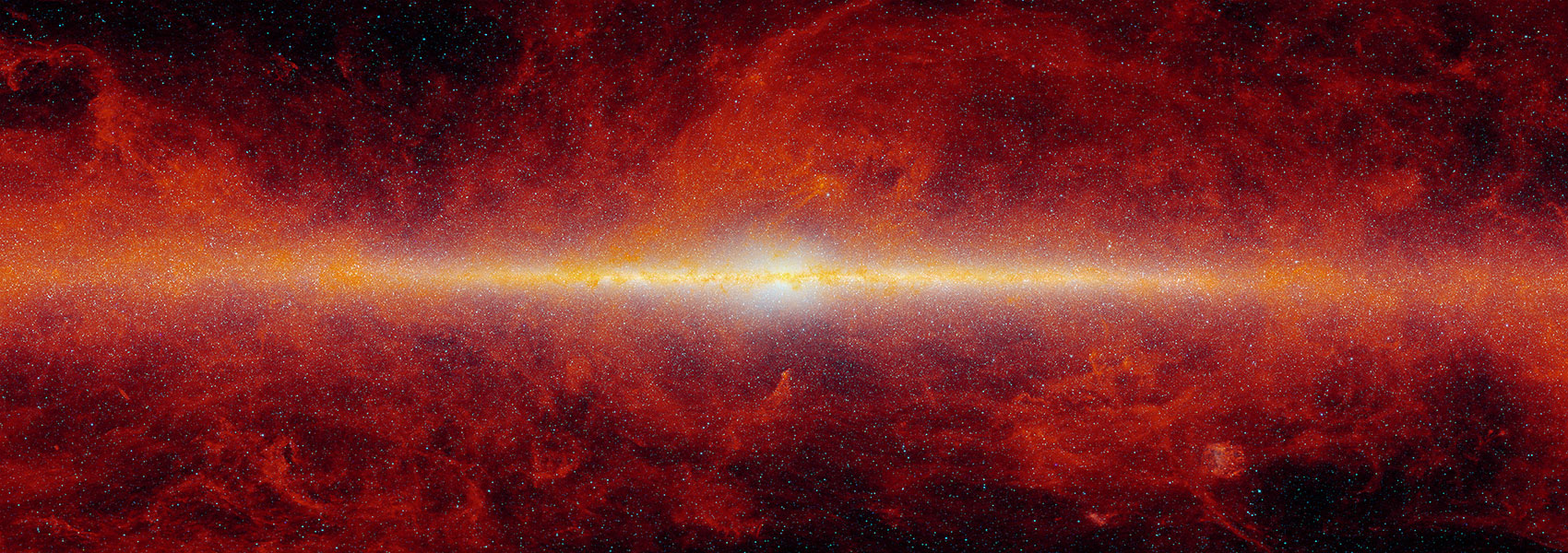
The First Systematically Identified Repeating Partial Tidal Disruption Event
June 2025 • 2025ApJ...985..175S
Abstract • Tidal disruption events (TDEs) occur when a star enters the tidal radius of a supermassive black hole. If the star only grazes the tidal radius, a fraction of the stellar mass will be accreted in a partial TDE (pTDE). The remainder can continue orbiting and may be redisrupted at pericenter, causing a repeating pTDE. pTDEs may be as or more common than full TDEs, yet few are known. In this work, we present the discovery of the first repeating pTDE from a systematically selected sample, AT 2020vdq. AT 2020vdq was originally identified as an optically and radio-flaring TDE. Around 947 days after its discovery, it rebrightened dramatically in the optical. The optical flare was remarkably fast and luminous given its black hole mass compared to previous TDEs. It was accompanied by extremely broad (∼0.1c) optical/UV spectral features and faint X-ray emission (LX ∼ 3 × 1041 erg s‑1), but no new radio-emitting component. Based on the transient optical/UV spectral features and the broadband lightcurve, we show that AT 2020vdq is a repeating pTDE. We then use it to constrain TDE models; in particular, we favor a star originally in a very tight binary system that is tidally broken apart by the Hills mechanism. We also constrain the repeating pTDE rate to be 10‑6–10‑5 yr‑1 galaxy‑1, with uncertainties dominated by the unknown distribution of pTDE repeat timescales. In the Hills framework, this means the binary fraction in the galactic nucleus is of the order of a few percent.
Links
- PREPRINT http://arxiv.org/abs/2310.03782
- NED https://ned.ipac.caltech.edu/uri/NED::InRefcode/2025ApJ...985..175S
- ELECTR https://doi.org/10.3847/1538-4357/adcc19
- SIMBAD https://simbad.u-strasbg.fr/simbad/sim-ref?querymethod=bib&simbo=on&submit=submit+bibcode&bibcode=2025ApJ...985..175S
- PDF https://iopscience.iop.org/article/10.3847/1538-4357/adcc19/pdf
- DATA http://heasarc.gsfc.nasa.gov/cgi-bin/W3Browse/biblink.pl?code=2025ApJ...985..175S
- DATA https://archive.stsci.edu/mastbibref.php?bibcode=2025ApJ...985..175S
- DATA https://doi.org/10.17909/3kvv-bv86
- DATA https://irsa.ipac.caltech.edu/bibdata/2025/S/2025ApJ...985..175S.html


